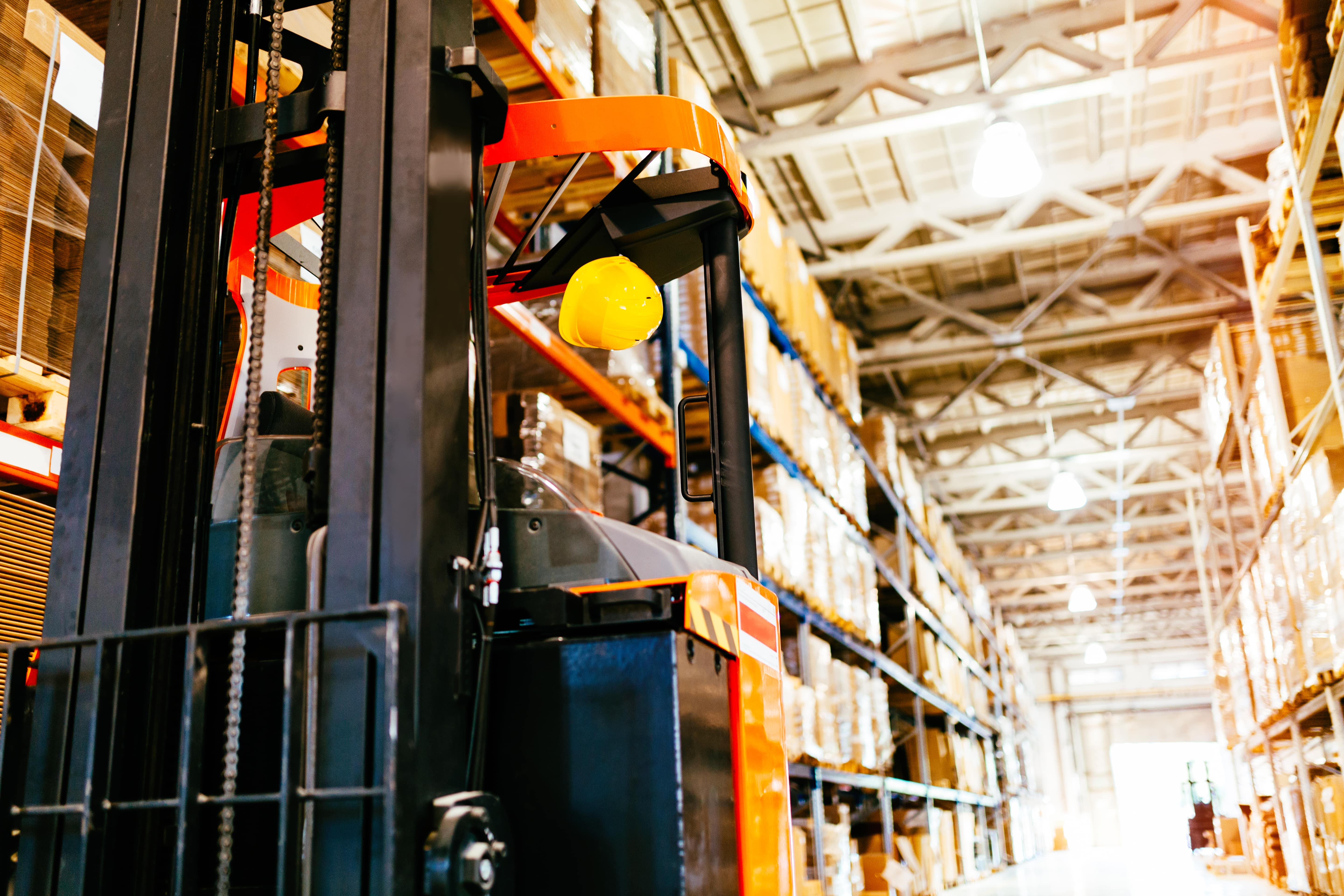There is nothing more satisfying than seeing the sales graph passing milestones. However, growth brings its own set of challenges, such as inventory management.

There is nothing more satisfying than seeing the sales graph passing milestones. However, growth brings its own set of challenges, such as inventory management. Businesses face various problems when it comes to streamlining inventory management processes. Without the right solutions, these issues can hinder your business's growth. Fortunately, there are strategies to address these complexities.
Read on to learn about the different problems and their solutions that can be implemented to ensure better warehouse management -
Traditional ways of managing inventory often involve manual work. It leads to costly mistakes and delays.
You get real-time tracking with inventory management software. This means you can see exactly what is happening with your inventory at any moment. Moreover, you will know how much inventory you have and where it is. You can even track the movement history of the inventory.
Artificial intelligence takes it further by monitoring inventory as it moves through the delivery process. With real-time tracking, AI lets you know where your shipments are and potential risks. By monitoring inventory levels all along the supply chain, AI helps ensure deliveries are accurate and on time.
Managing multiple complex warehouses and suppliers leads to confusion, mistakes, and inconsistent operations.
A centralized hub for managing all your warehouses and suppliers will allow you to communicate easily. Plus, you can access important data anytime, anywhere. It will also help you cut down on costs. It is especially handy when you are dealing with multiple warehouses. It eliminates the possibility of confusion, reduces mistakes, and keeps operations consistent. Centralized data gives you access to everything you need.
Finding the most efficient warehouse design and layout options without disrupting operations
Digital twin technology lets warehouse managers create virtual replicas of their warehouses. This allows them to experiment with different layouts and processes. Simulating various scenarios will help you to find an ideal design and layout for inventory handling. This leads to less congestion, shorter travel distances, and better use of space. It makes their supply chains more agile and efficient.
The layout of your warehouses can affect how smoothly your business operates. Unnecessary moving of goods slows down deliveries to customers.
The layout of your warehouses can affect how smoothly your business operates. Take the time to organize your inventory near the workstations where they're needed most. Keep frequently purchased items close to the shipping area for faster processing. The unnecessary movement of goods can slow down deliveries to customers. Employees can understand the warehouse layout with a clear map at the entrance. Plus, it makes their tasks easier and more efficient.
Managing a supply chain with multiple inventory locations without good communication causes disruptions, which lead to higher costs and unhappy customers.
Good communication is crucial to managing a supply chain when dealing with multiple inventory locations. It entails keeping track of stock levels and delivery schedules for each warehouse. Without a good communication system, any part of the supply chain can get stuck, leading to higher costs and unhappy customers.
Inventory management software helps by giving everyone access to the same information, like stock levels and delivery schedules. This means managers can keep all warehouses working together smoothly. However, it's not only about the software. Managers also need a smart plan to optimize communication between locations.
Unexpected breakdowns and downtime lead to costly emergency repairs and inefficient resource allocation
Digital twin technology helps prevent unexpected breakdowns and reduces downtime. The technology helps with real-time monitoring of the equipment. Potential equipment failures or maintenance needs are identified early by analyzing sensor data. It allows for proactive maintenance scheduling. This proactive approach decreases the risk of unplanned downtime and costly emergency repairs. Additionally, digital twins enable condition-based maintenance, meaning machinery is serviced only when necessary. This leads to better resource allocation and lower maintenance costs.
Due to unpredictable demand, businesses face challenges in planning inventory, avoiding stockouts, and managing inventory expenses.
AI helps businesses predict what they'll need to sell in the future so they can stock up accordingly. AI in inventory management uses advanced algorithms to analyze data like past sales, market trends, and external factors such as seasons and promotions. AI can find patterns and connections to predict future demand by studying this data. This helps businesses plan their inventory better, avoid running out of stock, and improve efficiency. With this proactive approach, companies can meet customer demand. You can even cut down on unnecessary inventory expenses by leveraging demand forecasting.
When inventory is dispersed across multiple locations, it's harder to know when to order more supplies, especially with manufacturing happening in different places. This leads to stockouts and delivery delays.
It's important to monitor stock levels closely to prevent running out of stock and facing delivery delays. Setting a safety stock amount and reorder points for each item is crucial. This ensures you don't dip into your safety net more often than needed. Plus, it also helps you manage your inventory and avoid unnecessary disruptions in your supply chain.
Managers face challenges in making informed decisions due to the inability to predict potential issues and trends.
Digital twins make it possible to use predictive analytics to predict potential issues and trends in the warehouse. Through analysis of historical and real-time data, the system can determine maintenance needs. It also helps in learning about inventory shortages and changes in demand. This foresight allows managers to prevent costly disruptions and ensure smooth operations proactively. Furthermore, predictive analytics can optimize inventory levels.
TADA is the leader in Ultimate Command & Control for Supply Chains, which enables businesses to connect the siloed parts of their networks to deliver real improvements in cost, cash, carbon, and revenue. Powered by its proprietary, AI-enabled digital twin platform, TADA's solutions offer the best time to value in the industry, providing real-time visibility, actionable insights, and multi-enterprise collaboration and orchestration that empower businesses to take charge of their supply chains
Expanding to multiple warehouses is a big decision for e-commerce businesses, with lots to consider. But it also comes with challenges, like managing inventory across different locations. Ultimately, it's smart for merchants to invest in a reliable multi-location e-commerce platform. With the appropriate solution, businesses can streamline their operation and improve efficiency. It also helps them better serve their customers without extra hassle or costs.
Test your own scenarios with TADA’s Clean TO! Build and see the impact in minutes.
Try TADA Clean TO! Build
Test your own scenarios with TADA’s RM Inventory Manager and see the impact in minutes.
Try RM Inventory Manager

Use TADA’s Tariff Manager to model costs, build agility, and protect margins.
Try the Tariff Manager
Test your own scenarios with TADA’s Tariff Manager and see the impact in minutes.
Try the Tariff Managerest your own scenarios with TADA’s RM Inventory! Manager and see the impact in minutes.
TRY RM Inventory! Manager